What do the words cold process, melt-and-pour and Mickey Mouse have in common? They are all terms to describe an indispensable object of the everyday man — soap. Yes, Mickey Mouse soap is a thing. So cute!
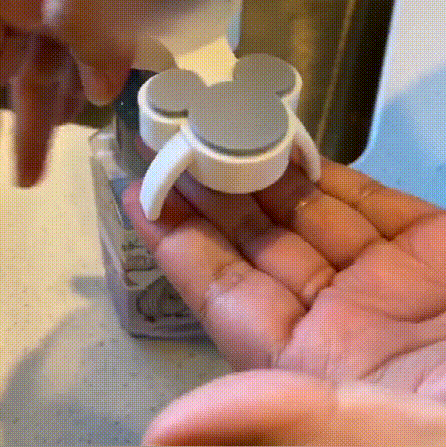
Source: @imalittlesomething / TikTok
In modern times, we use soap for all sorts of cleaning. From laundry to domestic cleaning and of course, personal hygiene, this sudsy surfactant plays an important role. Especially during a pandemic, soap is more important than ever!
Although the soap we know today is associated with all things clean, the history of soap might be dirtier than you think. I’ll let you in on a little fact - soaps were rarely used for bathing until the 19th century! So…what did people use to clean themselves?
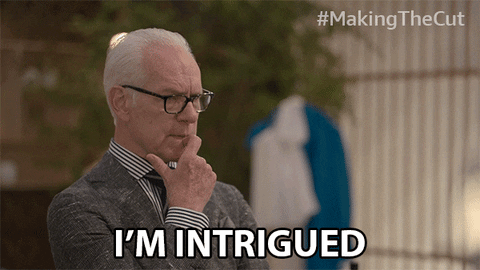
Source: GIPHY
Roman legend says that the discovery of soap was by a group of Roman women who were washing their clothes in Tiber River, at the base of Mount Sapo. Mount Sapo was an ancient site for animal sacrifices, where animal fat and ash would flow into the river after rainfall. They found that the soapy clay mixture (of fat and ash) in certain parts of the river resulted in cleaner clothes. However, evidence of Mount Sapo was never found and this story remains a legend.
Instead, the word ‘sapo’ was first mentioned in the book, Naturalis Historia, an encyclopedia of the ancient world written by Roman scholar Pliny the Elder in 77 CE. He described soap—or sapo—as “made from tallow and ashes”, used by the Gauls to make their hair shine.
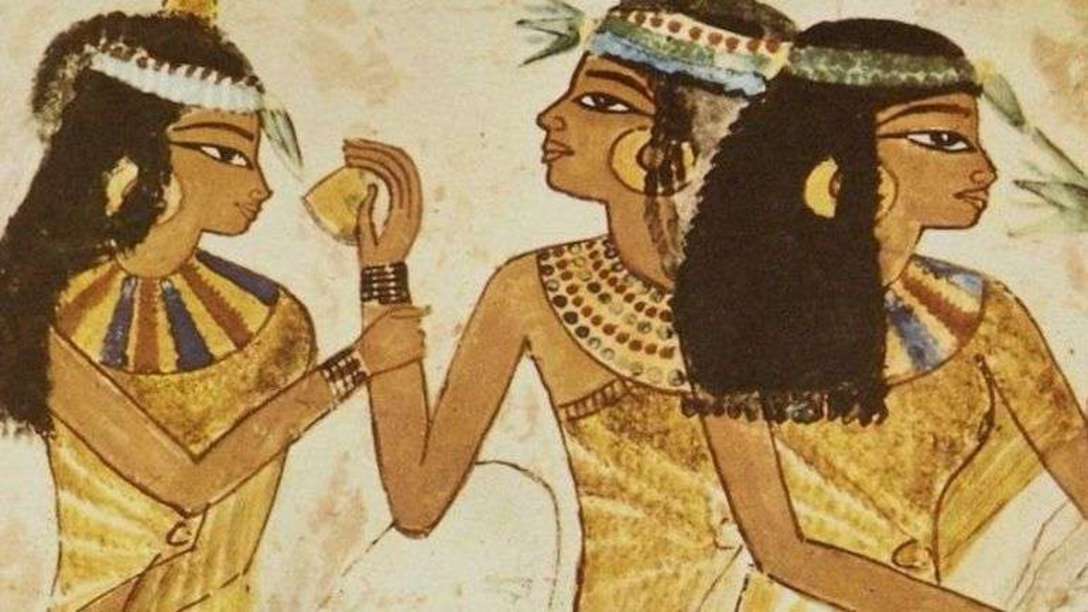
Mesopotamians are believed to be the first to produce soap though. A recipe for a soap-like material was found inscribed on Babylonian clay containers dated 2800 BCE. It called for the cooking of fats (from a slaughtered cow, sheep or goat) with wood ashes and water.
Soap in ancient times was almost never used for personal hygiene. They were used to clean wool or cotton fibers for the weaving of cloth. At times, they were used for the treatment of sores and skin diseases, as referenced in the Ebers Papyrus by Egyptians in 1550 BCE.
Not even the Romans who pioneered public baths and hygiene practices used soap to clean themselves. During the classical period, the Romans would smear their bodies with scented oils after taking a water bath. A tool known as the strigil would then be used to scrape off all the oil, along with any grime and dirt. Doesn’t sound very clean, does it?
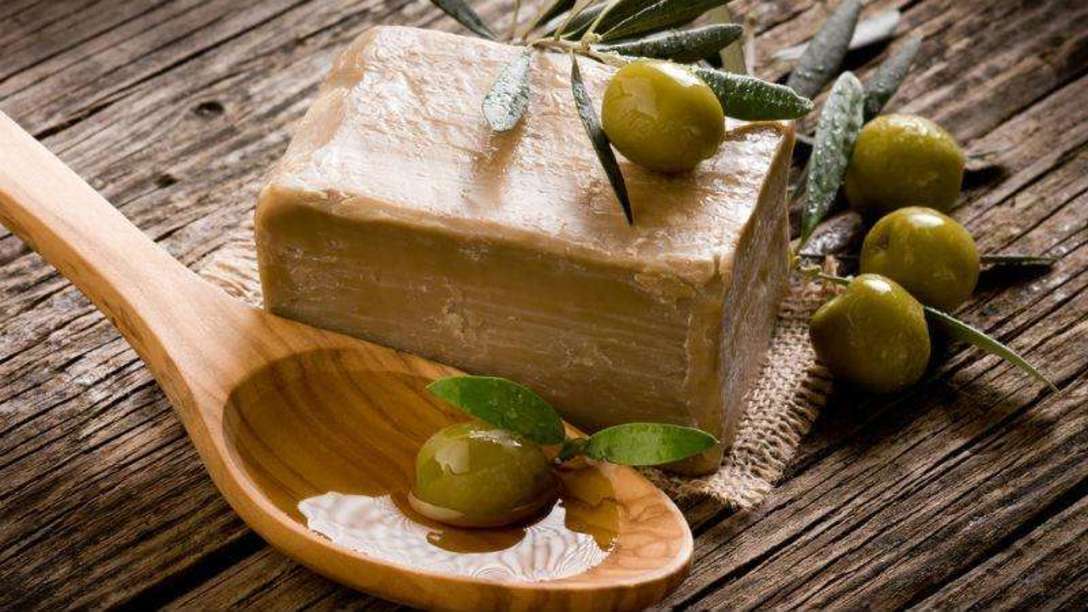
Source: coloradorealsoap.com
By the Middle Ages, soaps made from olive oil, hailed for their mildness and purity, were used as a luxury item among Europe’s most privileged classes. Castile soap, named after the region of Spain where it was produced, was the most popular. It was a white, olive oil-based bar soap used by European royals. At that time, soap was still unaffordable and hardly used by the masses.
From the 1500s to 1700s, Americans, as well as Europeans, actually shunned regular bathing out of fear that water spread disease. Soap was widely used for domestic cleaning like laundry, and soap-making was a domestic chore for women.
It was during the Civil War that reformers convinced people regular washing with water and soap was important for personal hygiene. Demand for inexpensive toilet soaps then rose in the second half of the 19th century.

Ivory soap advertisement by Proctor & Gamble
Source: quartoknows.com
In 1879, Proctor & Gamble (P&G) introduced Ivory soap, one of the first perfumed toilet soaps in the United States. Introduced as a bar of plain white soap, it was designed to compete with the Spanish castile soap. Other brands included the Palmolive soap that was the world’s best-selling soap by the early 1900s.
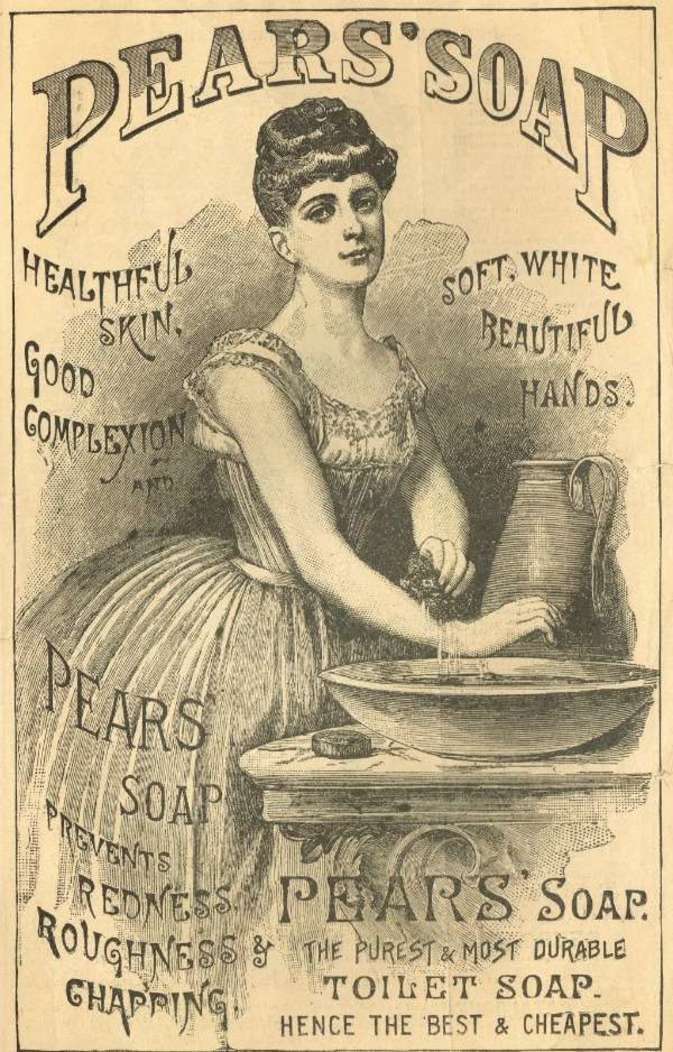
Pears’ soap advertisement in Peterson’s Magazines in the 1800s.
Source: knickoftime.net
Come to the early 20th century and German engineers discovered an alternative cleaning product: a synthetic called “detergent”. Mixed with a bunch of other chemicals, they cleaned like soap but didn’t contain soap. In fact, most of what you call soap today probably aren’t real soap. Modern body cleansers, both liquid and solid, are actually synthetic detergent products.
That is, in the commercial sense. Many handcrafted soaps still use natural ingredients and follow the use of lye (a strong alkali traditionally obtained from wood ashes). Regardless, it’s a good thing that the use of soap is commonplace today!
 Source: GIPHY
Source: GIPHY
Make your own soap!
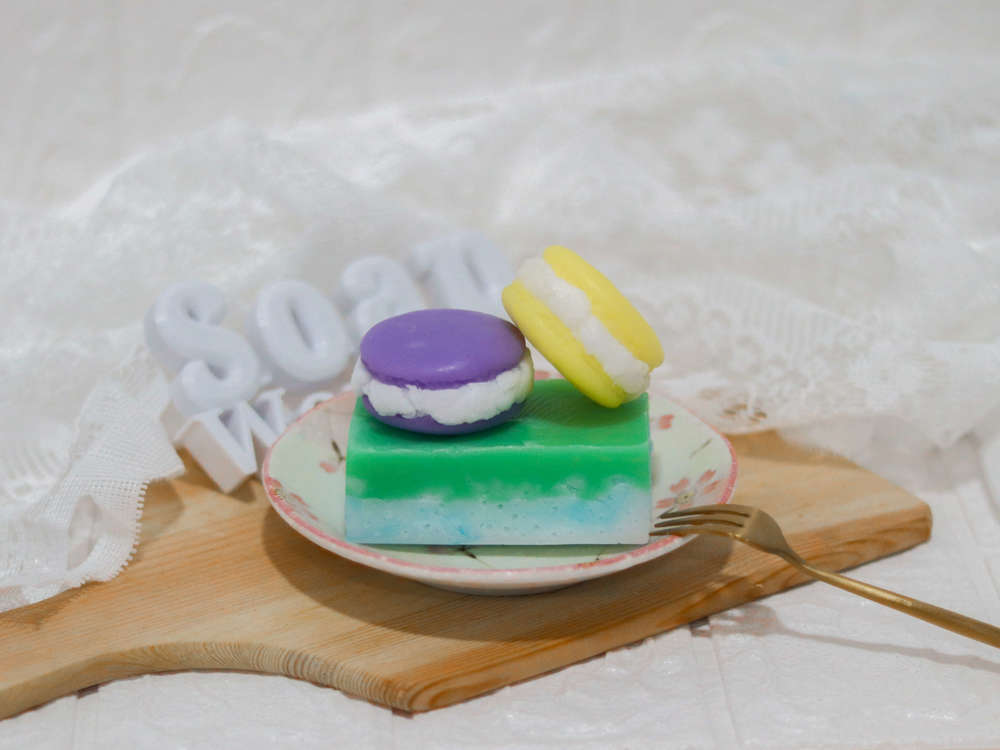
East meets West Dessert Soap Making Workshop | Culturally Singapore
Get down and dirty in soapmaking! Ah yes, the irony. Learn how to make desserts—kueh salat from the East and macarons from the West—that won’t add a single calorie. Experience hands-on the process behind melt and pour soaps here.
Now, have you washed your hands with soap? If your answer is no, please do so right now!
• • •
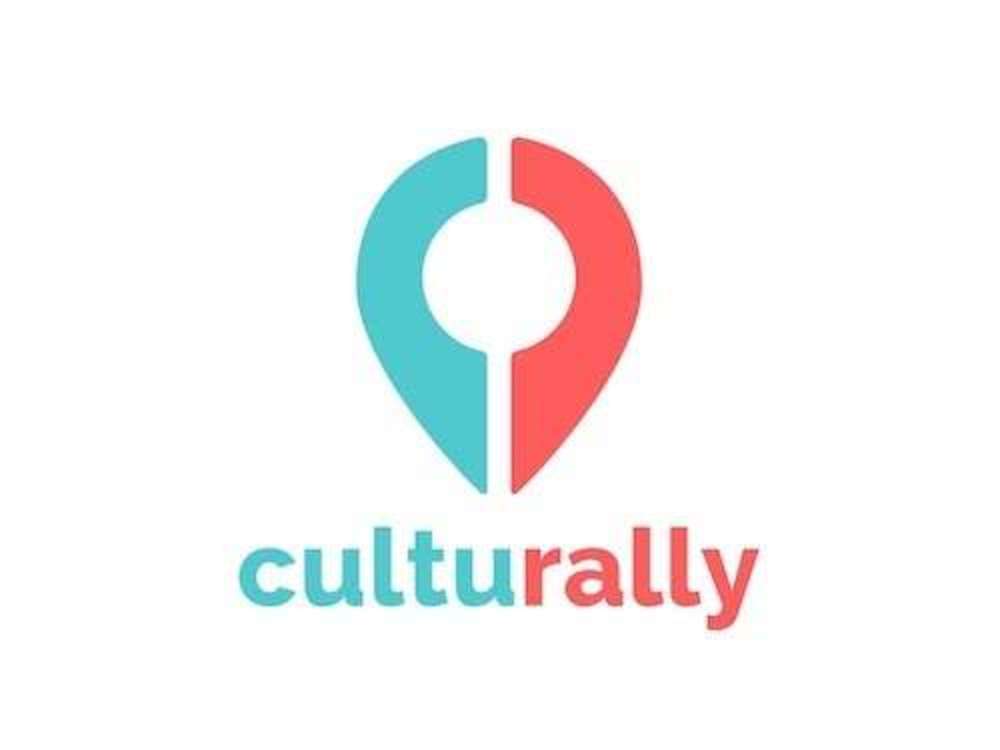
Want to try candle-making instead? Make your own ever-lasting kueh candles with Culturally! We offer unique cultural experiences for you and your loved ones; hand-picked, hands-on.